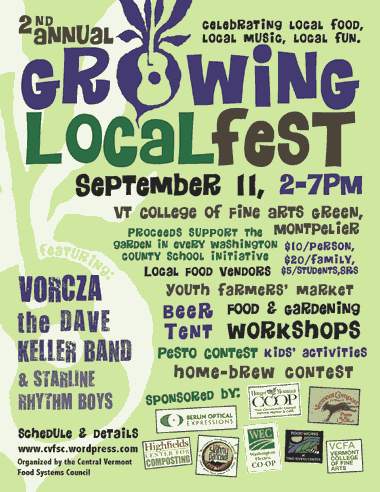
Sun in Leo brings riots of rudbeckias
Believe it or not there was a time when I held rudbeckias in contempt. I mean, yellow is such a difficult color to combine with other flower colors, and you know, black-eyed susans grow everywhere anyway. Ubiquitous. Boring.
Long ago I began my gardening career with the attitude that non-edible ornamentals were indulgent frou-frou. I still definitely give priority to stuff we can eat and otherwise consume, however my stance has softened over time. I really do love flowers.
Anyway, about 20 years ago in a major act of feng-shui, we moved the driveway from the front of the house to the back, and needed to make the old driveway area quickly look like it was not a driveway. A bit of cedar fence, and a very large rock we dug up nearby helped, but some lush greenery was needed. Trouble was, where the old driveway had been, the soil was super compacted, poor to the point of being almost non-existent, and dry, dry, dry.

What Indian Summer
looks like
I had stumbled upon Indian Summer rudbeckias in some seed catalog the prior winter. In spite of my prejudice against yellow flowers, I bought a packet and started a couple of plants in the spring. Their vigor was amazing, as was the size of their flowers, and they created an instant-but-lasting vibrant display of solar yellow and greenery. Driveway? What driveway?
Rudbeckia hirta’s USDA plant profile lists it as annual, biennial and/or perennial, which tells you something about its vigor, diversity and adaptability. They can set seed in one season and over-winter, but as for the perennial part, in our gardens they are short-lived – they mostly behave like annuals and biennials. Still, I’ve never had to resow any – all I do is yank them out when they pop up in inconvenient places, which they do. Yes, you could call them weeds.

What ancestor Cherokee
looks like.
Indian Summer impressed me sufficiently to let them self-seed, which they did with abandon. I even began to consider other rudbeckia varieties, and after a few years introduced a couple of plants each of Cherokee and Chim Chim Cheree into the naturalized population of Indian Summer.
On their own, Cherokee and Chim Chim Cheree didn’t click with me the way Indian Summer did. Cherokee is a smaller plant, with very double and smaller blooms, and a lot of darker orange and reddish brown. It hit me as a bit too poufy-looking. Chim Chim Cheree is also smaller, with a lot of darker colors, and has very unusual rolled petals that look like quills, so it resembles a chimney brush. The flower had a spiky, kind of sparse appearance that, in my opinion, didn’t come off very well in the garden because the plants were not all that vigorous to begin with. But each of these varieties added some genetic spice to the rubbeckia pot.

Above, slightly quilled petals from
ancestor Chim Chim Cheree.
Over the years the added genetics have done magic, adding subtle and not so subtle variations to the dominant stock, Indian Summer. I especially like a bit of brown-orange at the base of the petals, as if they had been just lightly air-brushed. As a cut flower, they’re superb – nice strong stems and they last for days in the vase.




I occasionally mark outstanding plants to make sure to leave them to go to seed, and intentionally rogue out anything that looks less than lovely and vigorous (there are not many). Other than that, they take care of themselves very well… maybe too well. They are one of the most fire-tolerant plants I’ve ever worked with.

Why, you may wonder, would I care about this? It’s actually a benefit because our gardens consist of permanent raised beds that are never tilled, with perimeters and paths between beds maintained by flame-weeding. The rudbeckias can manage a good living for themselves in the corners and edges of beds, where most plants would succumb to the torch passing by.



